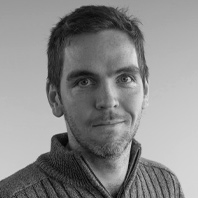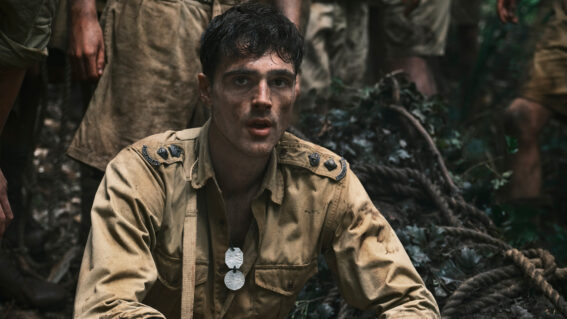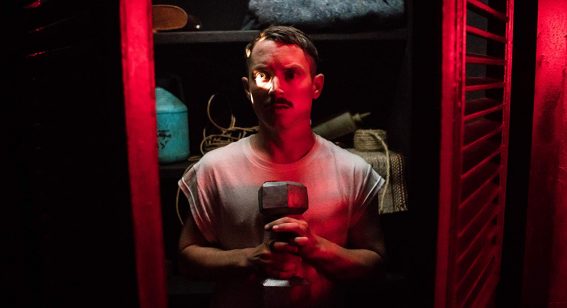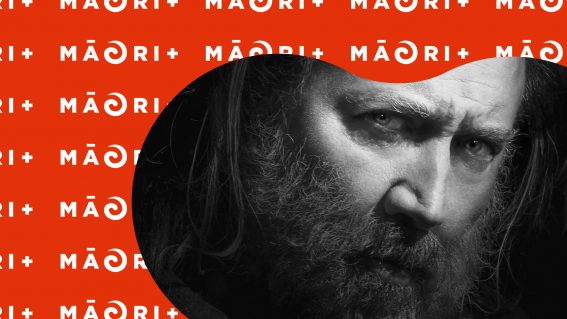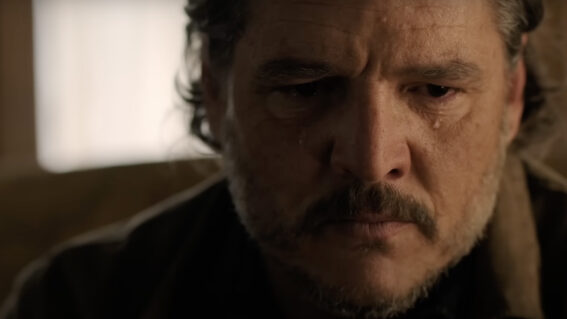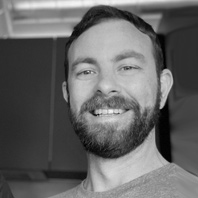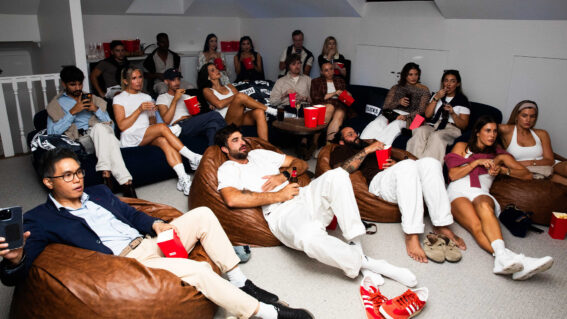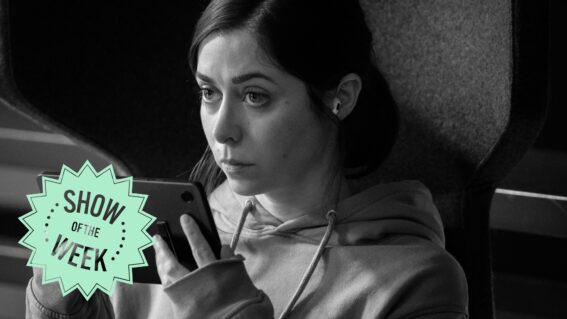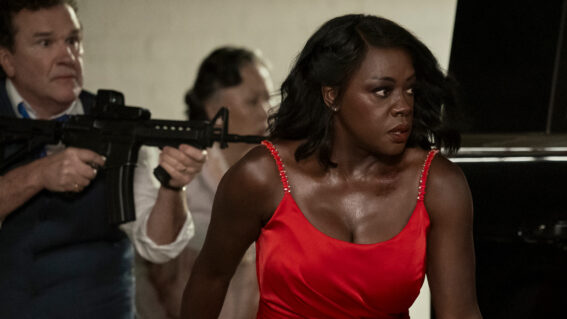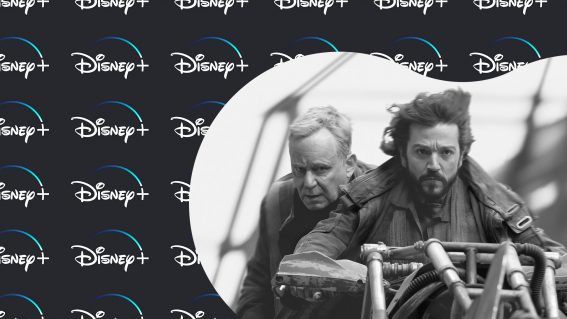Cannes-winning director of Grand Tour tells us how he bridges two kinds of cinema
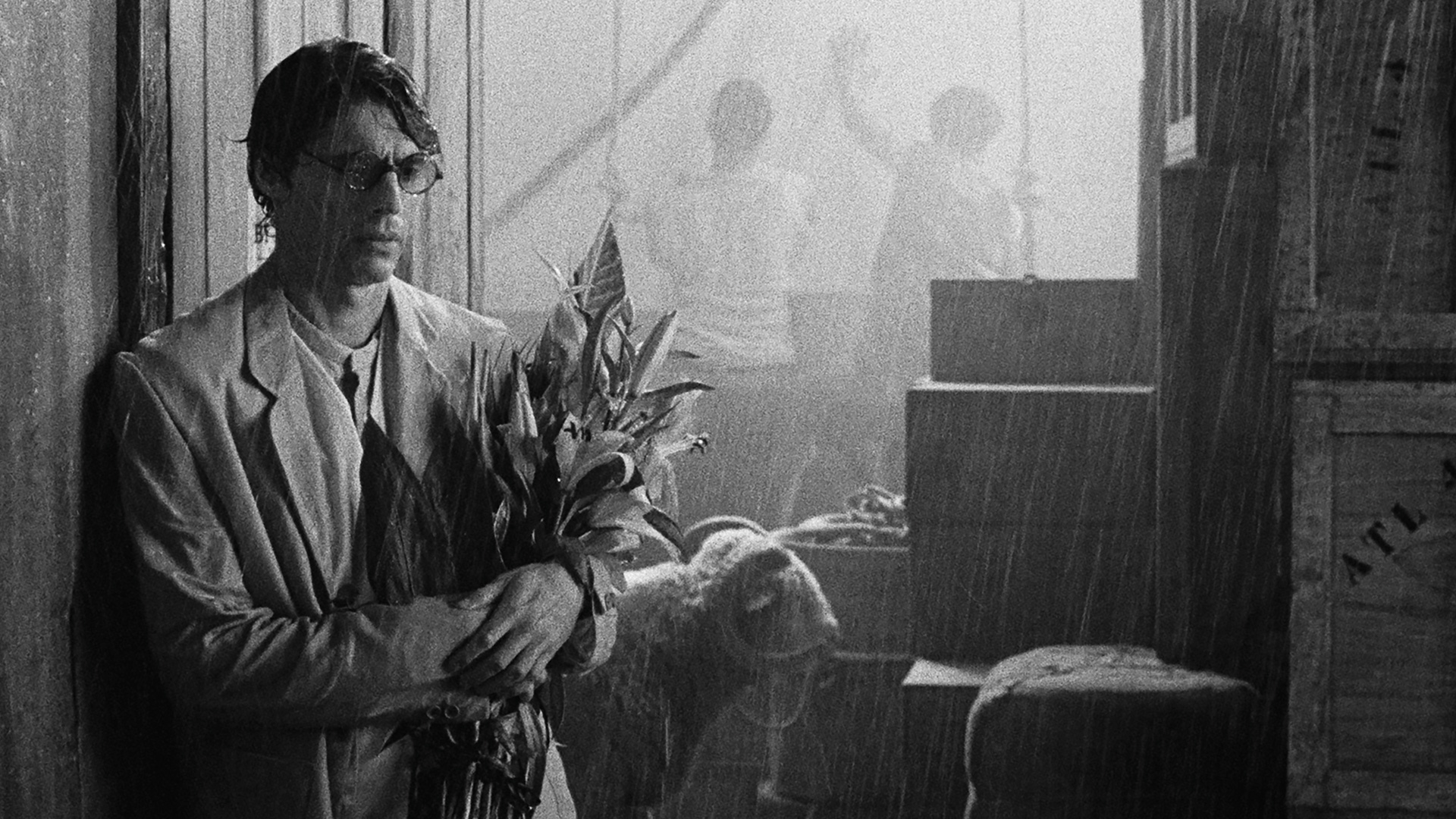
Flicks’ Liam Maguren chats to Miguel Gomes, the filmmaker behind critically-beloved films Tabu and the Arabian Nights trilogy, about his latest feature: esoteric award-winner Grand Tour.
Last year, Cannes awarded Portuguese filmmaker Miguel Gomes the Best Director award for his cross-continental lover-on-the-run feature Grand Tour. Not that I’ll ever get chosen to be part of the prestigious film festival’s judging panel, but when I watched the film, I imagine the win could be largely credited to the director’s wholly creative approach to filmmaking and the trust he places in the audience.
Being able to find unique solutions around COVID restrictions for his internationally-shot film doesn’t hurt, either.
The story kicks off with a man in 1918 Rangoon waiting for the woman he intends to marry, whom he hasn’t seen in years. With flowers in hand, a wave of panic washes over him, and right before her ship docks, he gaps it. Hopping from country to country, our groom-to-not-be finds himself in a series of misadventures—with his fiancé in close pursuit.
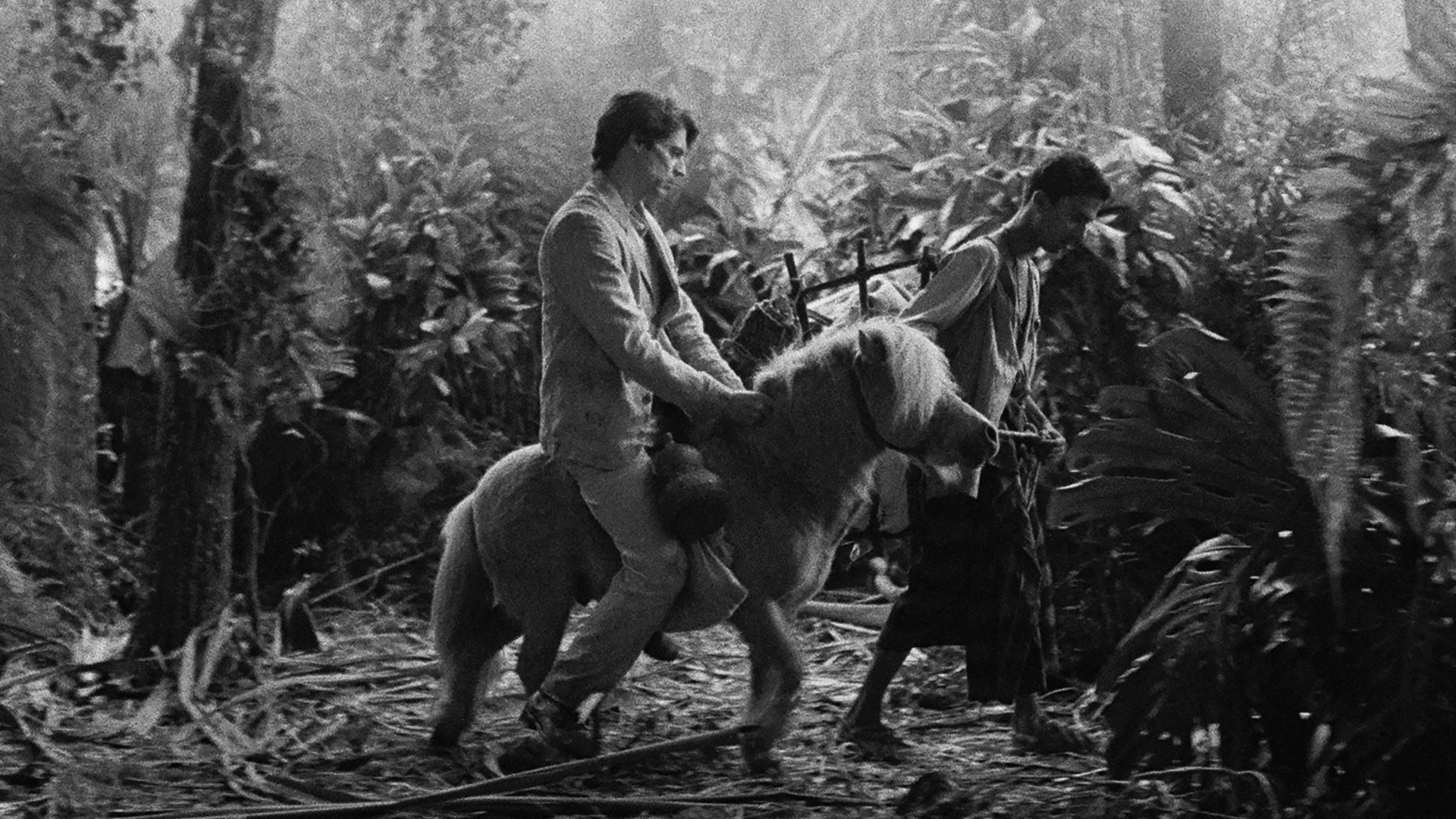
That may seem like a detailed breakdown of Grand Tour, but it sells the film woefully short. Even calling it an adaptation of W. Somerset Maugham’s book, The Gentleman in the Parlour: A Record of a Journey from Rangoon to Haiphong, isn’t really accurate to the cinematic experience Gomes has crafted here.
For one, the premise of a man ditching his fiancé to travel Southeast Asia was only two pages long. “Basically it was the itinerary and there was nothing developed,” Gomes tells me over video chat. “We decided that we should create [the story] by making the journey ourselves, try to capture images along the way, and then writing the script while we were editing this material.”
You read that correctly. Before they had a script, Gomes and his crew went on a grand tour themselves, essentially as documentarians, capturing footage from each of the countries featured in the film. They started in Myanmar in January 2020 and made their way to Japan. When it came to filming in China, however, the COVID pandemic paused the production.
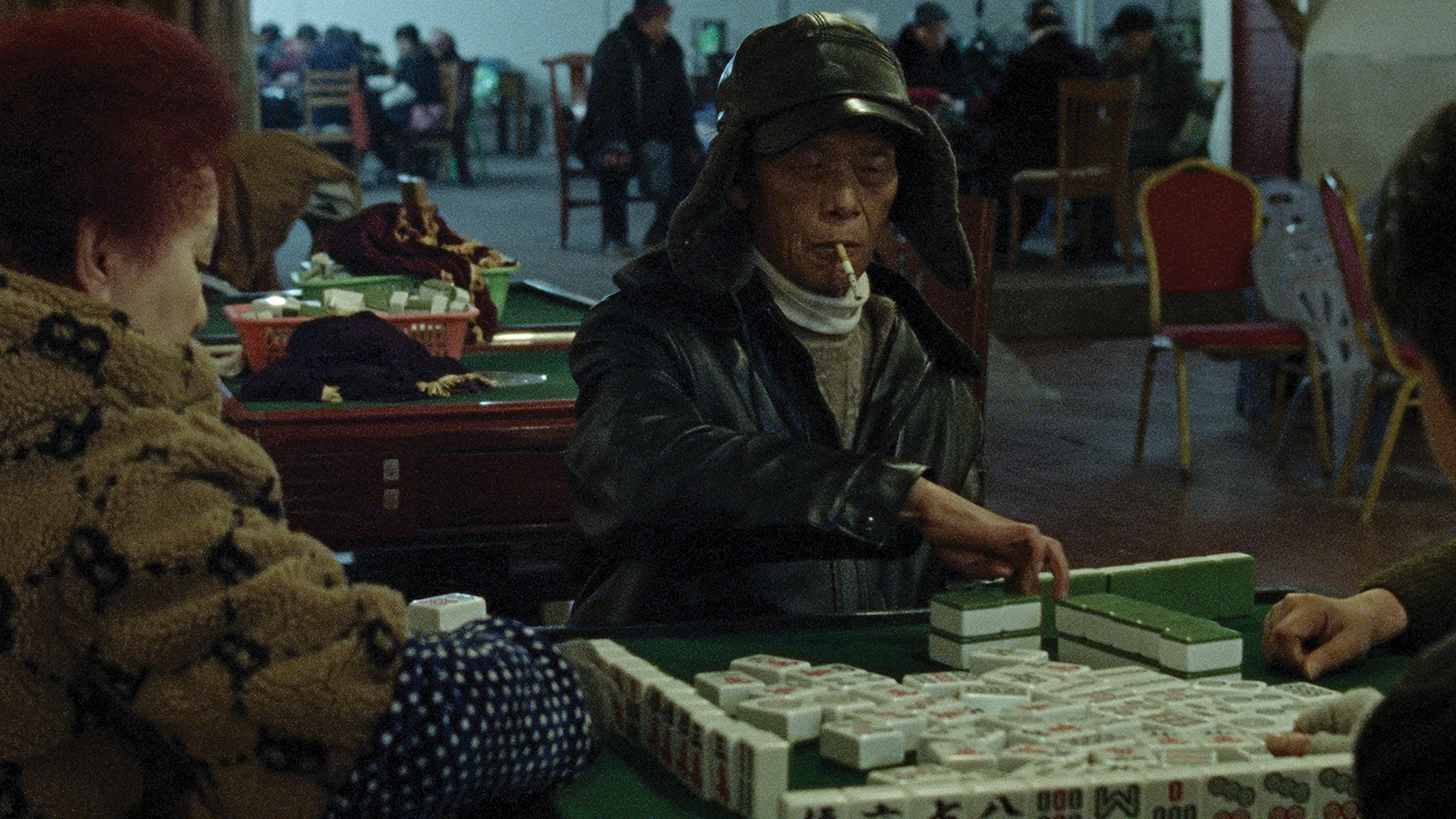
That didn’t stop Gomes, though. Two years later, he managed to direct a Chinese crew remotely from Lisbon in an AirBnB filled with monitors. “It was very surprising,” Gomes admits, “because I thought this will never work. And sometimes I’m a little bit suspicious of technology because I’m getting old, I guess.”
Once they got all their real-life footage, Gomes built the story and constructed the fictional segments. “The narrative was affected by our journey,” he details, “by what we shot, what we called ‘our archive of the journey,’ and it was supposed to be like this.”
I ask Gomes what drove him to make a film this way. “Cinema has these very two different possibilities,” he says, before outlining these extremities: “cinema can capture life, to have a camera record whatever is happening in the world, or cinema can create a whole different world with different laws from reality. So, in a way, you can capture life and you can recreate life. I was trying to get them together, to work with these two very different kinds of things you can do with cinema.”
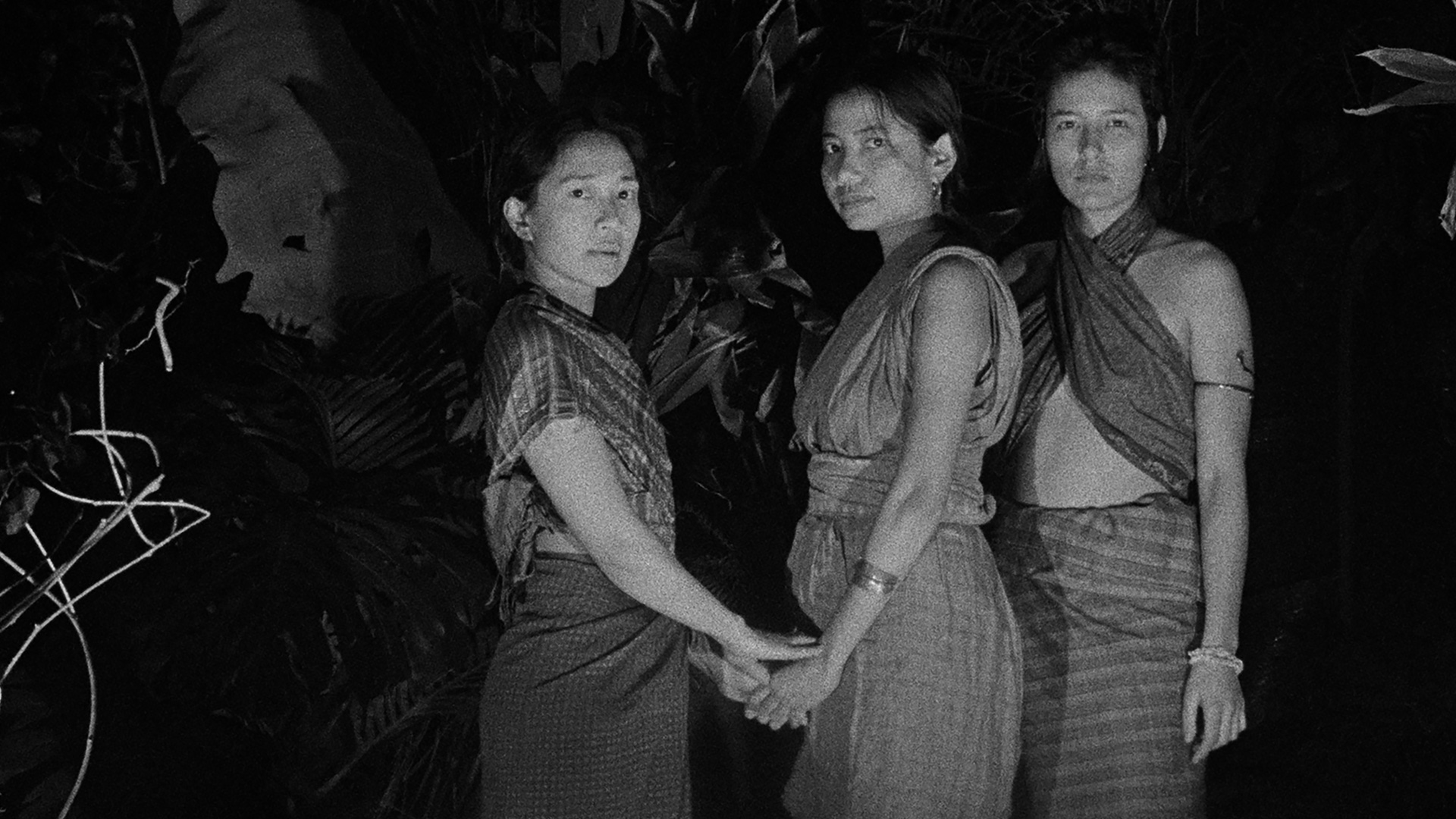
The mingling of the real modern-day footage and the faux historical journey conjures a unique viewing experience. What experience that is, exactly, lies solely with the audience. “I don’t know what kind of thing it could give to the film,” Gomes adds, “but it would do something. I could not measure exactly what it would do.”
What Gomes didn’t want to do was preach about the woes of this time and place, but he also didn’t want to flat-out ignore it. “Normally, what [a lot of filmmakers] do with this is something that I don’t like, which is, ‘Okay, let’s denounce the how the world was, how this was a completely unfair political system [that brought] suffering to people.’ I don’t think that cinema can just follow a social agenda—even if this agenda is a fair agenda for a good purpose.
“Cinema can do other things, and in the case of my film, it tries to have two very different historical times mingle, so you can see the difference and connections between these two times. It’s [you] that is gluing these two worlds. I didn’t try to hide that they are very different. I even wanted to be very clear on that, that you’re seeing very different kinds of material. But I create the conditions for the viewer to glue this, to create this continuity by himself, if he wants to.
“I also create the conditions, I hope, for the viewer to come up with his own conclusions about this historical time of colonialism and other things. For me, it’s important that people reach these conclusions themselves.”
